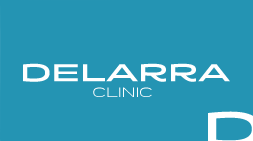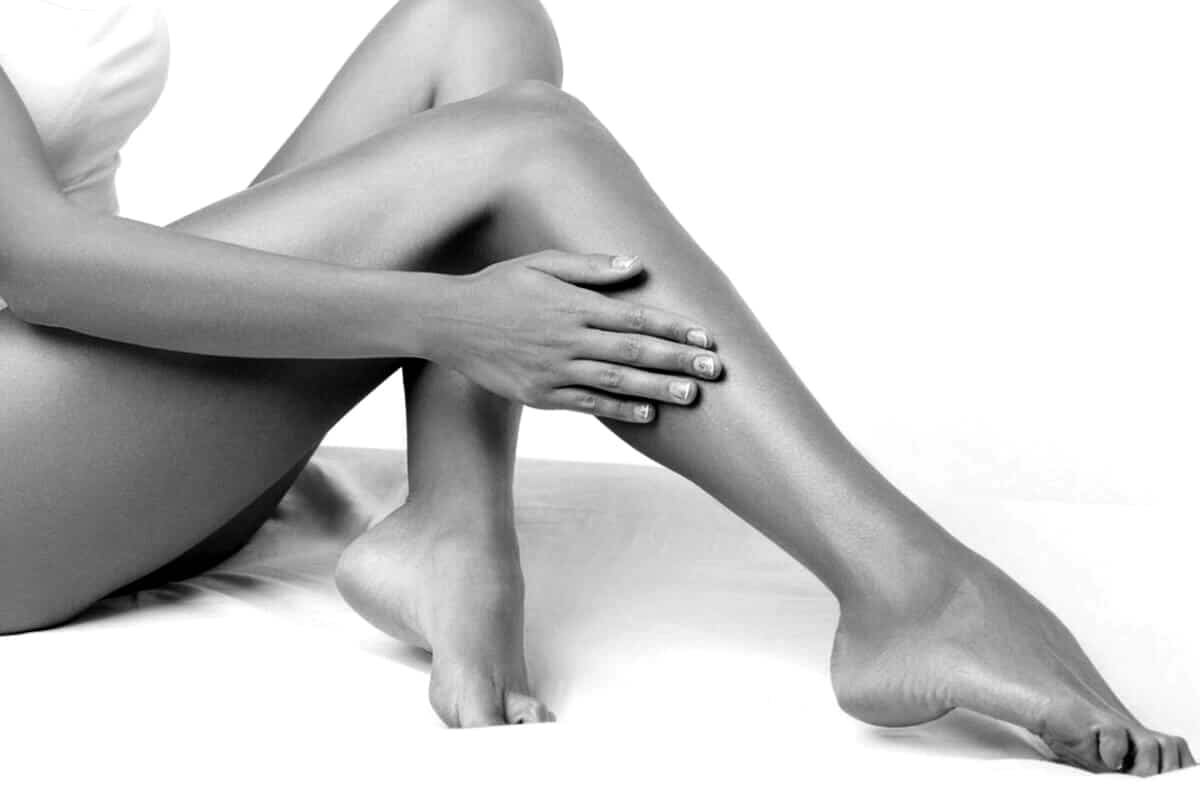SUMMER WITH MOSQUITOES… BUT WITHOUT SPIDERS!

Spider veins, also technically called telangiectasias or varicose veins, constitute stage C1 of the CEAP classification for venous insufficiency, so they must also be considered varicose veins.
That said, it is true that, in many cases, it is a pathology that bothers the “sight” more than the legs themselves. However, we should not downplay the importance of the presence of these unsightly veins, since they reflect the existence of venous insufficiency to a greater or lesser degree.
The most common thing is that these telangiectasias do not cause leg pain, however, it is not uncommon for a certain heaviness of the legs to be associated during the hot months or at the end of the day.
A very common question in the consultation is: why have the varicose veins appeared?…and there are several factors that can favor their appearance. Without a doubt, the most influential are: genetic inheritance, hormonal influence (being a woman, pregnancy, oral contraceptives, hormone treatments…) and, finally, as we always point out, working all day standing or even sitting.
Others that are less known are repeated blows to the same area, severe trauma, skin scars, phlebitis or even during treatments to try to eliminate them.
These annoying spider veins can be successfully eliminated, but it must be taken into account that, sometimes, they can appear again (another frequently asked question), because the factors that caused them are still there. However, generally if they reappear (which they do not always) it is usually different ones, to a much lesser extent and usually years later.
Spider treatment methods seek to eliminate that vein that is visible because it is “functioning incorrectly” and consist of inflaming it until the body reabsorbs it. They are typically pricked and injected with a substance that causes their inner lining to be damaged, with the intention of preventing blood from circulating inside them again… or what is known as “drying them out.” The fact of eliminating veins, contrary to what it may seem, is beneficial for the circulation of the legs, since these veins are retaining blood and not promoting its return.
This technique is called SCLEROSIS. Sclerosis can be performed with a foam that fills them, with liquid at room temperature or even with liquids at very low temperatures (-40°C) that improve the results. Laser technology has also contributed to their elimination, but despite the evolution of new platforms, it is still more effective to puncture them.
So, if you have spider veins, and they bother your eyesight or your legs, you can remove them with high success and safety rates.
Signed Octavio Cosín Sales. Angiology and Vascular Surgery




